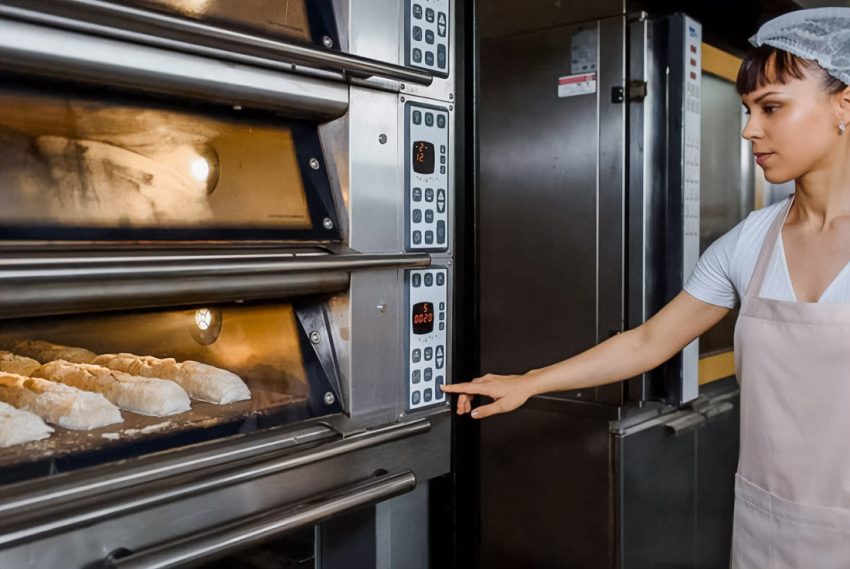Quality water is a key factor directly influencing the taste, aroma, and longevity of equipment in the coffee industry. Composing an order of 98% drink, water not only dissolves elements of coffee but also contributes to their extraction, creating a unique flavor profile. Usage of a coffee machine grinder with correct quality water can significantly improve the taste of your drink. According to a data study, scale forming due to the presence of water minerals reduces the performance of coffee machines by 20%, increasing maintenance costs by 15% per year on average.
Comprehensive Guide on Basic Parameters Quality Water
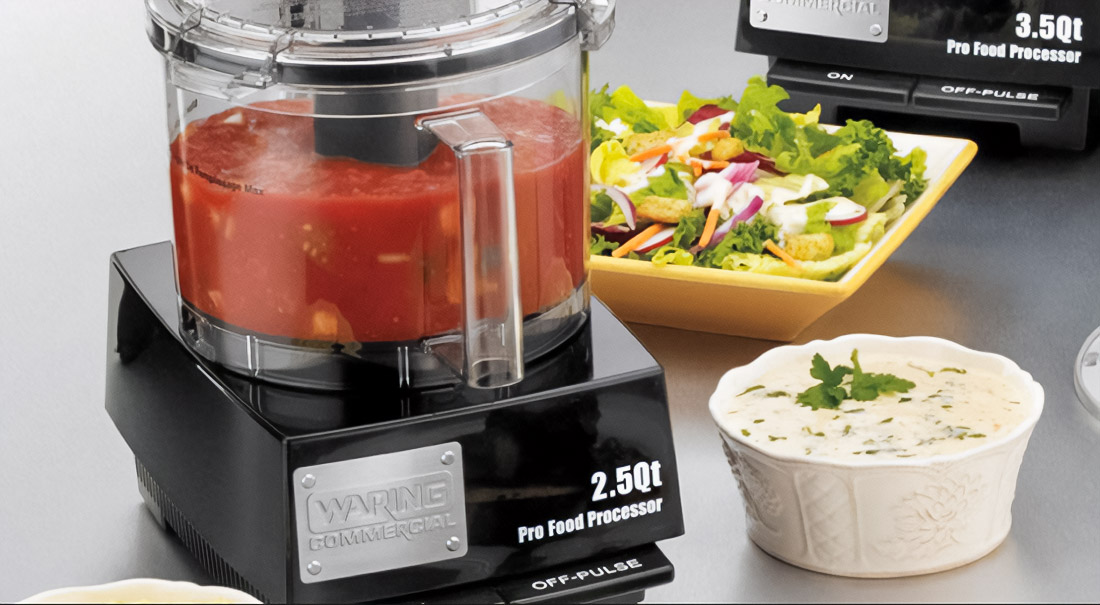
- pH balance: Optimization pH level (6.5–7.5) guarantees balanced acidity in taste. A famous barista from San Francisco noted that with a change of pH of only 0.5, the drink loses up to 30% of its deep flavor notes.
- Control hardness: Hardness within 70-150 ppm (parts per million) helps prevent formation scale. A recent study in the largest coffee network showed that adjustment hardness enhanced flavor saturation drinks by 25%.
- Mineralization: Content salts and minerals, ideally maintained within 150-250 ppm, create harmony in taste.
- Absence impurities: The Presence of such impurities, like chlorine, reduces aroma and worsens the overall evaluation of coffee by 15%, according to opinion customers.
Step-by-Step Algorithm Testing Water
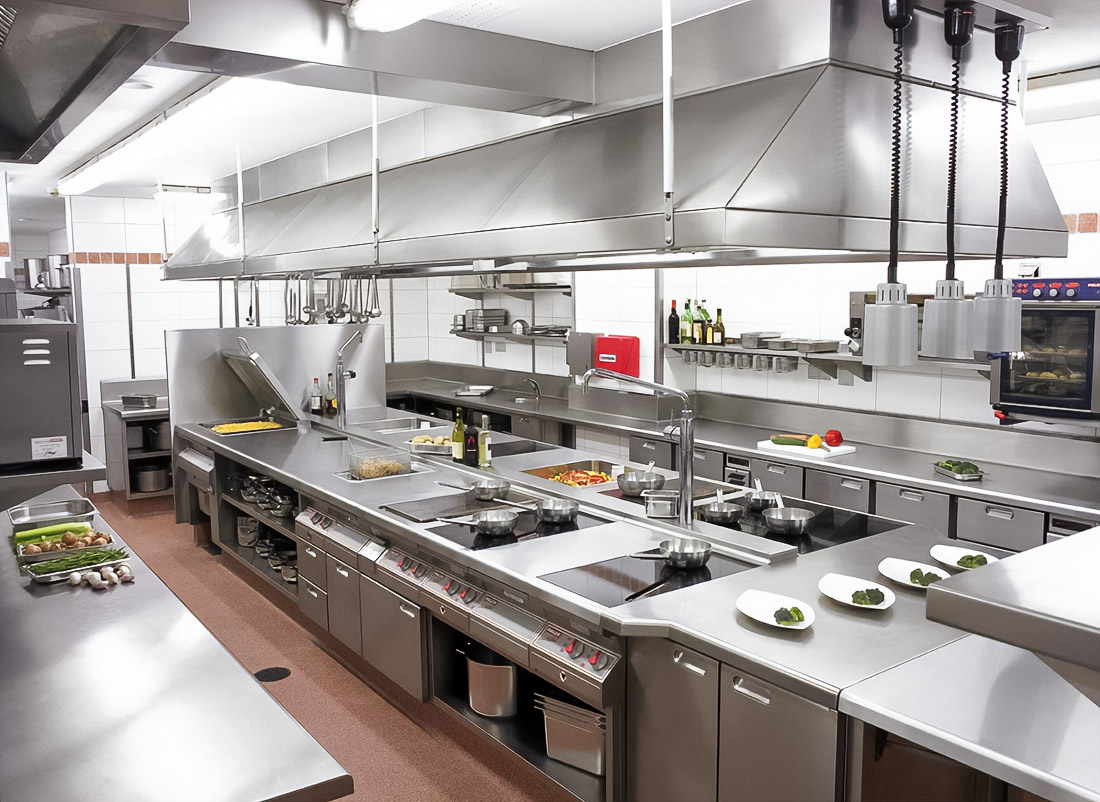
- Collection water is performed using clean, sterile containers to avoid the introduction of impurities.
- Measure pH with the help of high-precision instruments. Some cafes, after such measures, increased repeated returns customers by 18%.
- Determine hardness, use kits for analysis; one popular network restaurant reduced its expenses on repair equipment by 30% after the introduction of regular testing.
- Analysis mineralization with help TDS-meters helps control mineral balance.
- Check impurities with the help of specialized tests to ensure the safety and purity of water
How to Improve Quality Water: Innovative Approaches
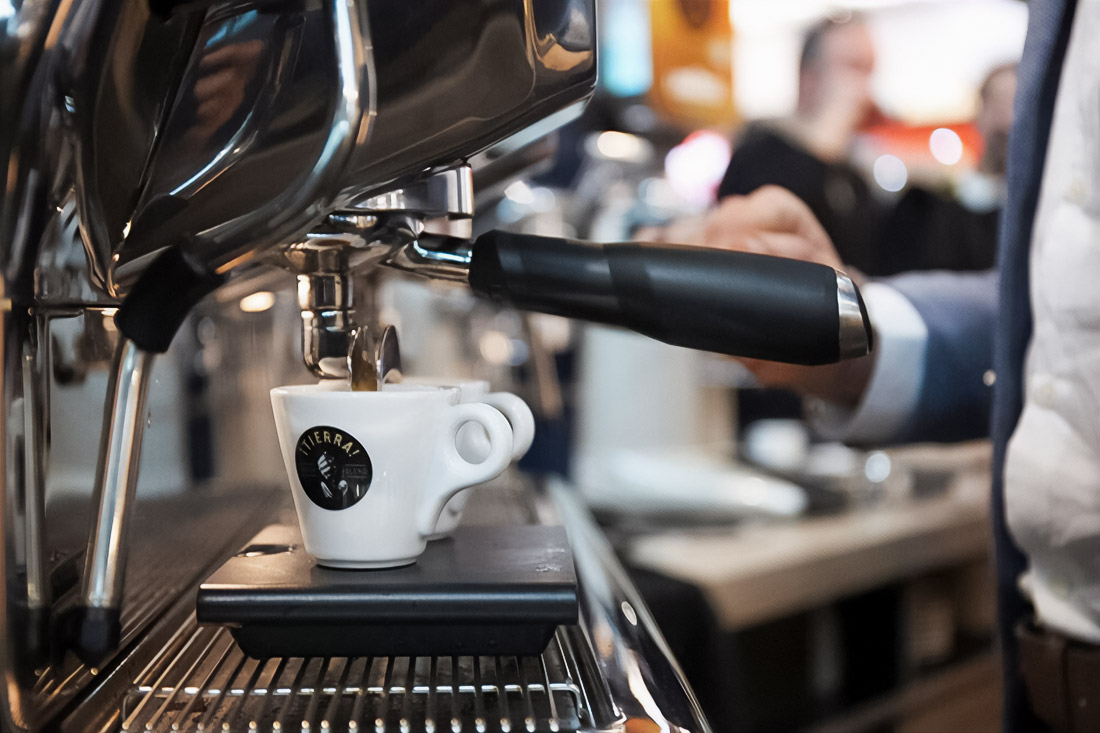
- Filters with activated carbon capable of reducing content chlorine by 50%, significantly improving flavor characteristics.
- Systems reverse osmosis removes up to 99.9% of harmful substances. However, according to studies, it is important to add minerals to maintain flavor balance.
- Ion exchange technologies provide replacement calcium sodium.
- Ultraviolet lamps, destroying up to 99% bacteria, minimize infectious risks.
How Water Changes Taste: Examples and Results
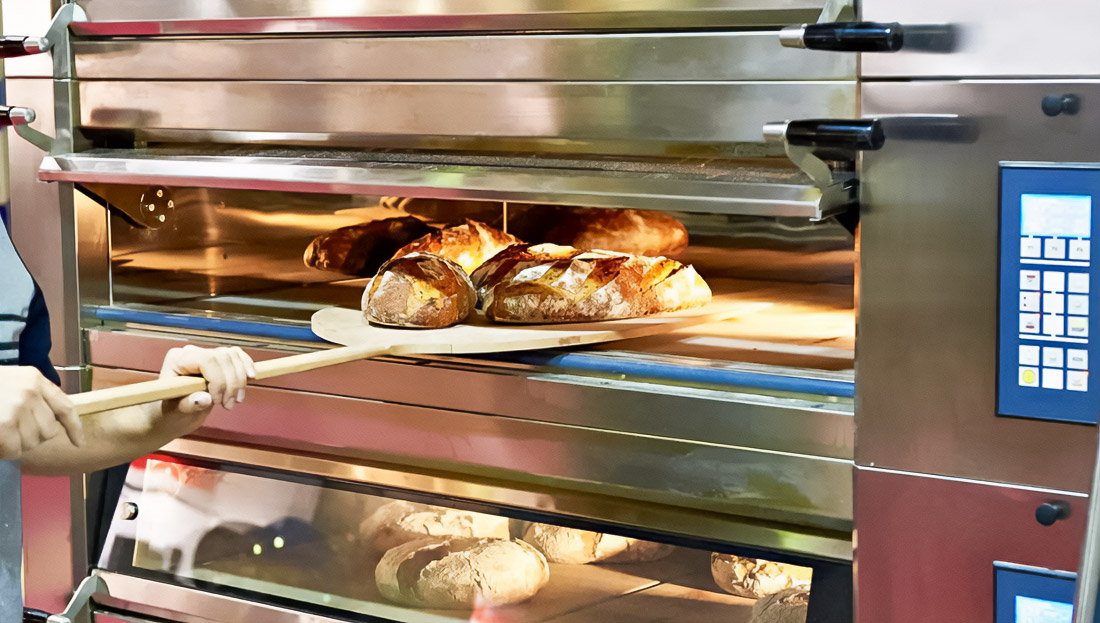
Famous cafe in the center of New York, implementing system reverse osmosis purification, improved satisfaction among its customers by 22%, and also increased its revenue by 12% after conducting test water and changing its parameters. Examples of similar experiments show that water can both enrich and weaken the flavor qualities of each drink.
Pay Attention to Common Problems and How Their Resolve
Whole range problems can arise, starting from scale and ending with unjustified expenses. Installation system softening reduces formation scale by 70%, and filtration ensures consistent composition of water. For example, one large cafe kettle reduced the number of disruptions in work by 40% when implementing a comprehensive approach to water purification.
Extension Lifetime Coffee Machine and Increase Income
Understanding and management quality water – this key success. Modern technologies application filters are capable of reducing frequency repairs by 25%. Improving quality water not only enriches the taste of your drinks but also increases return visitors, raising your profit. One famous coffee network declared an 18% reduction in complaints about taste and a 10% growth in annual volume sales after the optimization of quality water.

I specialize in administrative technologies and am responsible for training other employees to use advanced systems and applications.
